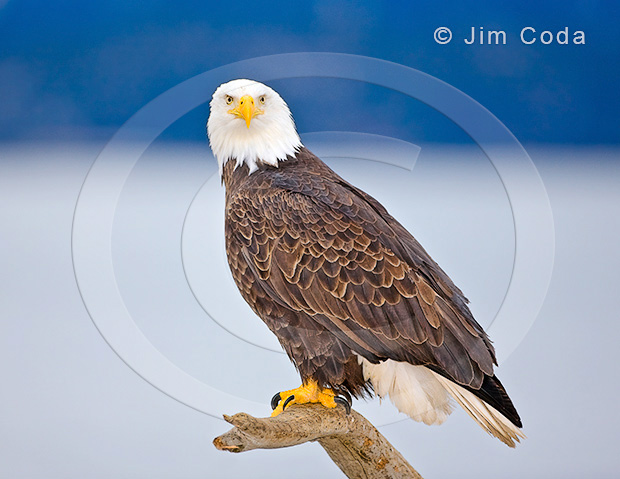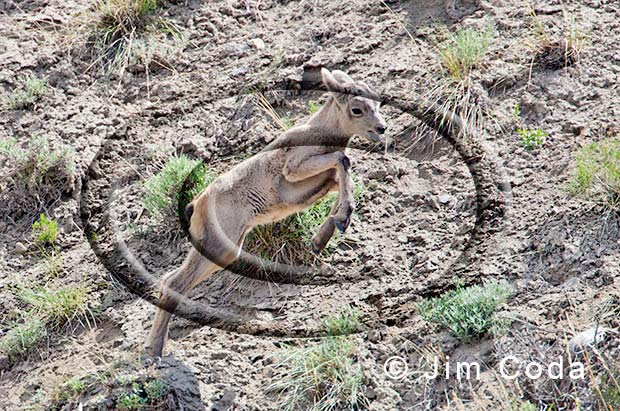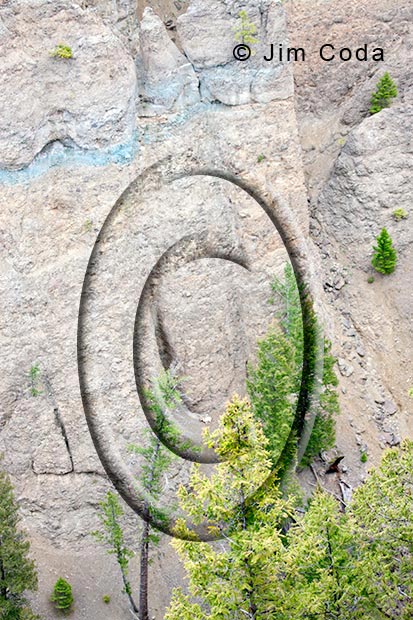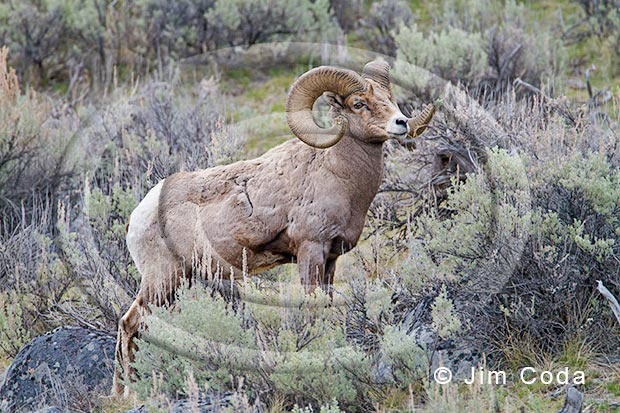Independence Day and Our Nation’s Symbol

A bald eagle perches on a driftwood limb on the shore of Kachemak Bay, Alaska.
There was a nice article in our paper today about a man here in Marin County who collects all things relating to the bald eagle. His name is Preston Cook. In addition to collecting, Preston has given much time to helping the bald eagle. Among his efforts were many years spent on the board of the American Bald Eagle Foundation. You can see the story here.
Bald Eagle Recovery Anniverary

Today is the fourth anniversary of the U.S. Fish & Wildlife Service’s announcement that the bald eagle had recovered and would be removed from the list of Threatened and Endangered Species. It had been listed since 1967, first as an endangered species, and later as a threatened species. The main reason for its listing was the wide-spread use of DDT which had caused thinning of egg shells.
Bighorn Lamb; Gardner River Canyon, Yellowstone National Park

My favorite time to be in Yellowstone is the spring. Why? The babies. One of the reasons I like them is that they are so full of life. They run around and jump in the air just for the joy of it. The ones that run and jump the best are the bighorn lambs. And they do it on steep terrain. Most herbivore babies are kept in hiding for the first couple of weeks until they can keep up with their moms. Not lambs. It is reported that they climb as well as their mothers when they are only one day old. I guess that lamb in the last post walked out of there the next day.
Notice how well this little lamb blends into its habitat.
Bighorn Ewe and Newborn Lamb, Yellowstone National Park

I took this photo a year ago. I’m posting it to show where this ewe gave birth. As you can see, the ground is fairly steep and the surface is made up of a lot of small rocks that have eroded away from above. Much of it will eventually wind up at the bottom of the canyon. The lamb has yet to stand up, although it has tried several times. They were on the east side of the Yellowstone River Canyon and I was on the west side. I shot this scene using a 500mm lens with a 2x tele-converter on a Canon 7D camera. That adds up to 1600mm or 32 power. The photo is also cropped a bit. I would guess that I was 200-300 yards away. Now, what I really want to show you is the next photo.

This photo was taken with a full frame sensor camera and a 100-400mm lens at 100mm. That would be 2 power. Can you spot them? From left to right they are just about centered. From top to bottom they are about 65% from the top. I’d say the lamb is safe from predators there, with the possible exception of eagles, but at some point they are going to have to walk out of there. What route would you take?



